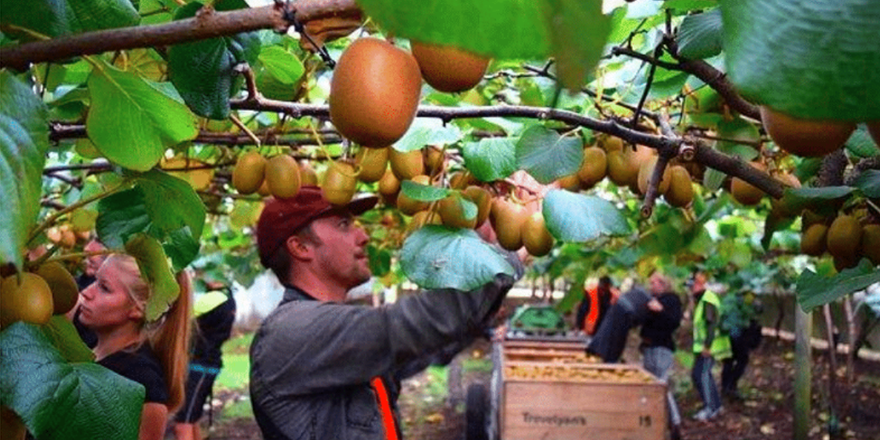
Executive Summary
The kiwifruit sector has a serious labour shortage. What is the extent of the shortages, why has the industry got to this problem and how can we address the shortages?
The aims for me in doing this project was to get an understanding of the labour problems facing the kiwifruit industry. I wanted to see what was driving the labour shortages with an aim to consider how we could overcome the problems to create a desirable workplace and attract plentiful and reliable workforce.
New Zealand kiwifruit sector is currently producing 143 million trays, this is projected to reach 190m trays by 2027. The sector is set to contribute $6 billion to New Zealand’s GDP by 2030. The kiwifruit industry currently employs 15,000 FTE seasonal workers. An additional 7,000 workers will be required if projected growth is to be achieved so the extent of the labour shortages is critical to the industry.
Kiwifruit together with all sectors, are struggling to employ sufficient workers. In 2018 a labour shortage was declared in the Bay of Plenty with 1,200 vacancies and still 70% of the crop remaining to be picked. The reasons why these shortages have come about are multiple. The current labour market is very tight with a nine-year unemployment low of 4.5%, projected growth for the industry of 67m trays by 2027, the diversion of working holiday visa workers to other sectors and poor uptake of the local seasonal labour pool, this being due to poor reputation around pay and conditions.
As an industry, labour constraints are a real challenge in meeting future growth. Many of these challenges are around the nature of seasonal work being inconsistent hours, physically demanding but other challenges are around compliance with employment law. How the industry participants respond to the situation will impact on future growth. The constrained labour market will require owners and employers reconnecting directly with employees.
Inconsistency of seasonal work is a significant deterrent to new employees; the industry could address this with centralised labour coordination to facilitate year-round employment and alternative employment arrangements and agreed hours. Employees are also looking for greater range of flexible working options with different shifts, staggered hours and job sharing.
How the industry engages with our employees, ensuring the pay is structured to provide certainty as well as incentives for efficient high performance. Allowances should be considered to address travel waiting times, and availability allowance to acknowledge employees being on hold and available to work and not redirecting to other sectors.
Investment into accommodation and transport options for the seasonal workforce will contribute to attractiveness as well as motivation and performance. Innovation is the way of the future and investment is needed now however it is not the immediate solution we are needing.
The attraction of all the seasonal workers available within New Zealand will not meet projected demands, the Recognised Seasonal Employer (RSE) scheme needs the full support of the industry and government, however employment standards, accommodation and transportation investments are required.
The growth of NZ Horticulture, including Kiwifruit, is a great economic success story for our country. People are or most important and scarce resource, coordinated, committed and compliant efforts are required by all.




